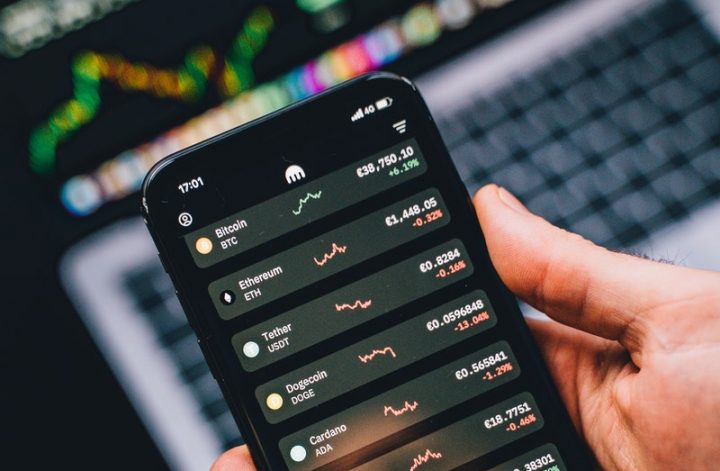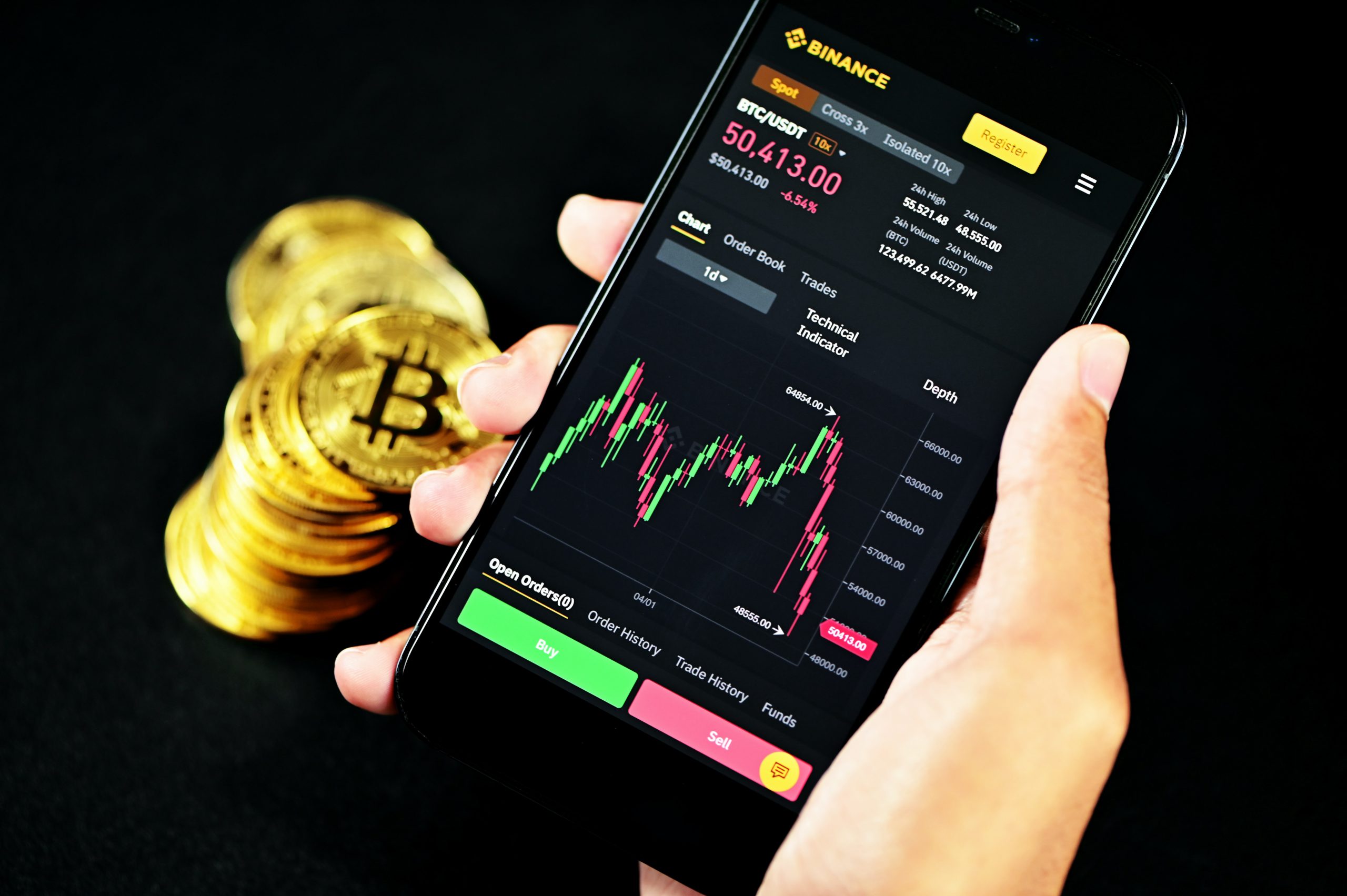Bitcoin shot up like a rocket from October 2020, but since March this year, that rocket has been floating adrift in space. Is Bitcoin Continuing Its Ride To The Moon? Or are we going to have a hard landing?
Bitcoin directionless
If we look at the weekly chart, we have been seeing the same picture for a long time. Since March, the bitcoin price has moved in a wide margin, between $ 49,200 (40,536 euros) and 60,000 dollars (49,434 euros). The trend is neither rising nor falling, which makes it difficult to predict the price in the longer term.
Dismissed?
As bitcoin moves sideways, other altcoins benefit. Dogecoin is the absolute favorite, this crypto has risen by more than 10,000% since the beginning of 2021 (no joke!). Ethereum also continues to break records, yesterday the currency with conviction broke the psychological barrier of 4,000 dollars (3,295 euros). Cryptocurrency price predictions is popular.
This comes at the expense of bitcoin’s dominance. On January 4, more than 70 percent of the market was still bitcoin, based on the total market value of the crypto market. This percentage has dropped to 45 percent, less than half of the market now consists of bitcoin. That can also be explained; investors are turning to other currencies as bitcoin moves sideways.
Caught between two levels
We also see the image of the weekly chart in the daily chart. On Wednesday, April 14, bitcoin reached its (for now) final high, but the price is mainly moving between the two green lines.
Below you see the same daily chart, but including the MACD indicator. This indicator shows the momentum of the price. According to the MACD, we may expect another decline soon, as the positive momentum is weakening.
You can see that in two ways on this indicator. First, the blue line threatens to drop below the orange line. These lines are derived from moving averages and give you a good idea of the direction of the trend. Price prediction Crypto Indonesia is popular.
Second, the bars turn light green, and these are almost in danger of turning red. The bars visually indicate how far apart the two lines are. When the bars turn red, the blue line moves below the orange line.
But what actually happens when the blue line dips below the orange? In that case, there is a so-called bearish cross, and that is often a negative omen for the price. We indicate these moments on the graph above with the circles. With every bearish cross, the price dips.
If $ 49,200 (€ 40,536) continues to serve as support, that is a good level to keep an eye on in the coming days.
A small upward trend
Fortunately, there is also a ray of hope, because bitcoin is moving in a rising trend in the short term. We see that when we zoom in a lot further on the graph, you are now looking at the hourly rate of bitcoin.
The price is now moving in a rising channel, between two parallel trend lines. The upside turned out to be a strong resistance several times, and on the downside the price is bouncing up again. But overall, bitcoin has been slowly creeping up in recent days.
What do we expect from bitcoin?
Bitcoin may therefore fall in the coming days, but the rising channel still gives hope. What can we expect? We outline our two scenarios based on the channel and levels of Fibonacci.
Bearish
Bitcoin just bounced up from the bottom of the channel. The logical step is that the price is now going to retest the upside. But what if that doesn’t work? In that case, the price can return to the lower trend line, now around 53,800 dollars (44,314 euros).
If bitcoin also falls through that, then 51,320 dollars (42,275 euros) will be the next point of support. In the most negative scenario, bitcoin falls to 47,060 dollars (38,766 euros). This was the bottom when bitcoin plunged in late April.
Bullish
The top of the channel is immediately a very tough resistance, namely the psychological limit of 60,000 dollars (49,425 euros). If we end up above this price, it is important to hold on to it. Bitcoin has not yet managed to end the week above $ 60,000. If that is successful, it is a very positive signal.
Further up we find the Fibonacci resistance at USD 61,246 (EUR 50,455). Again, the price found support briefly in mid-April, just before bitcoin had fallen in value by more than 20%.
Not far above that, the gray line is around 65,000 dollars (53,547 euros), the very highest price ever. This can form a lot of resistance.
It’s still a long way off now, but what will be the next goal when that line is broken? According to Fibonacci, we can then expect a price of more than 70,000 dollars (57,653 euros)




